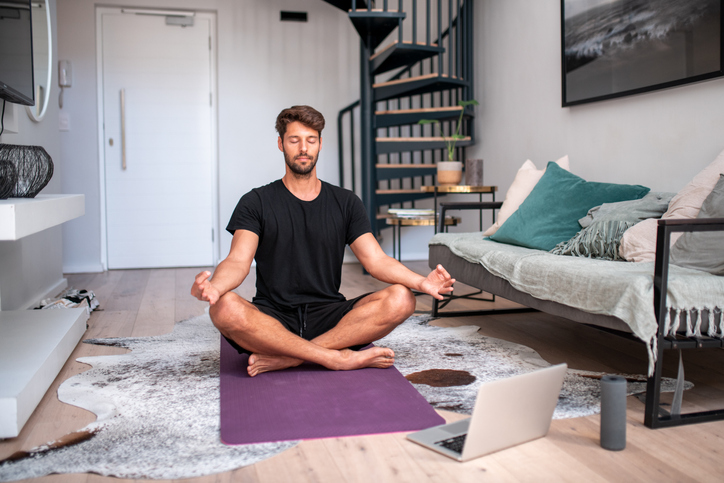Wellness
Progressive Muscle Relaxation

Although a small amount of stress can be a motivator, long-term and high levels of stress can cause both physical and mental issues. Progressive muscle relaxation (PMR) has proven to be an effective way to reduce stress levels. PMR can help relieve symptoms of headaches, cancer pain, high blood pressure and digestive issues.
The practice of PMR involves tensing or tightening one muscle group at a time and then relaxing the muscle group. As each group of muscles relaxes, the mind should focus on the relaxation sensation.
Benefits
Progressive muscle relaxation can help create life balance. Other health benefits include the following:
- Decreased blood pressure
- Regulated heart rate
- Reduced stress hormones
- Reduced anxiety
- Lessened migraine symptoms
- Improved digestion
- Reduced muscle tension
- Reduced chronic pain symptoms
How to do progressive muscle relaxation
The goal of progressive muscle relaxation is to ease tension from the body. A group of muscles is tensed for 10 to 20 seconds and then released, resulting in mental calmness. The practice of progressive muscle relaxation typically begins with the lower extremities and ends with the face. It can be practiced lying down or sitting and should be practiced in a quiet place free from distractions.
- PMR is typically performed in the following order: feet, calves, upper legs, buttocks, abdomen, chest, arms, shoulders, neck, and face.
- While inhaling, contract a muscle group, such as the calf muscles, for 10 to 20 seconds, then exhale while releasing the tension. Focus on relaxing as the tension is released.
- Relax for 10 to 20 seconds before moving to the next muscle group, such as the thigh muscles.
- Imagine feelings of stress flowing out of the body as each muscle group relaxes.
The practice of progressive muscle relaxation is relaxing and empowering. The benefits of PMR increase if performed twice per day.

















